In a context of ‘shifting political alliances’, the 13th Sharjah Biennial opened on Friday 10 March with a promise to explore networks of exchange – from natural cycles, to human systems of agriculture and dissemination – under the overarching concept of Tamawuj (waves, undulations). Featuring works by over 70 artists, including 30 new commissions, this year’s programme is organised by curator Christine Tohmé – the founder of Lebanon’s Association for Plastic Arts, Ashkal Alwan – and breaks with traditional formats, spilling over into different environments. In addition to the exhibition in Sharjah, SB13 expands to Beirut, Dakar, Istanbul and Ramallah with events focusing, respectively, on themes of the culinary, water, crops and earth. The programme includes an online publishing platform and a year-long education programme, and the whole thing culminates not in Sharjah, but in Beirut, where ‘Act II’ is scheduled to kick off this October.
The pitfall of such an ambitious programme is that the theme remains quite vague in its application and display. Yet, fortunately some stimulating artworks brighten this up, pushing visitors to rethink their attitude to global issues such as the communication and reception of ideas; alimentary habits in times of climate disruption; human strategies of resistance and the place of nature in urban areas.
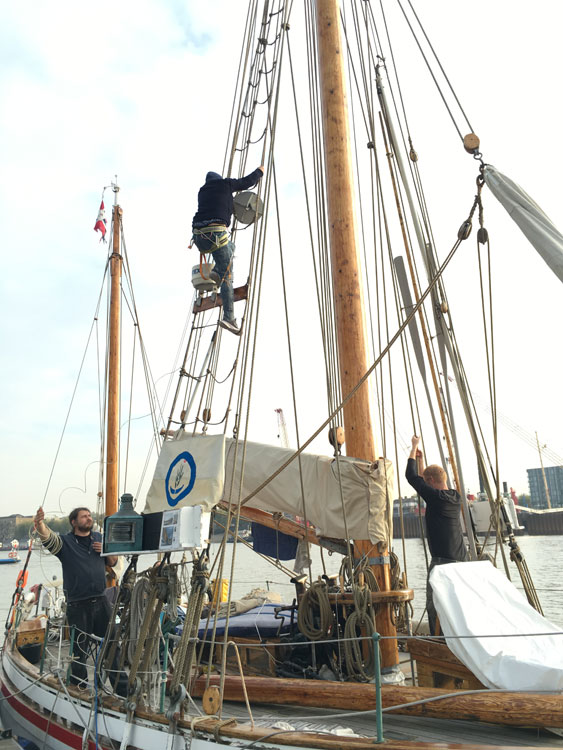
Futurefarmers (Amy Franceschini, Pieter Heremans, Martin Lundberg, Joe Riley, Audrey Snyder, Michael Swaine, Michael Taussig and Marthe Van Dessel)
Among the highlights in the main exhibition at Sharjah’s Al Mureijah Square is Barış Doğrusöz’s appealing set of 17 prints, Heure de Paris: ‘The map and the territory’ (2015/2017), which investigates how the media influences visual representation and information transmission. The artist extracted maps from French TV news reports that were created to compensate for the lack of images available from the field during the 1980 coup d’état in Turkey, hence propagating a restricted and constructed sense of geography.
By contrast, the art collective Futurefarmers looks into shared systems of knowledge and learning, and international solidarity. Their exhibit, Seed Mast (2017), represents their ongoing Seed Journey – a boat trip they are undertaking from Norway to Palestine, which operates a ‘reverse migration’ by carrying seeds originally from the Middle East to be re-planted in Palestine. Members of the collective are gathering stories about farming practices along their route.
Concerns about climate change and seasonal disruption (drought, salinity, floods), seem especially acute in Sharjah where water shortages and desertification threaten the area’s future. In light of this, the artist duo Cooking Sections (Daniel Fernández Pascual and Alon Schwabe) staged a performance lunch, Climavore – on the movement of deserts, on the opening Saturday. The event reflected on cultivation patterns, calling for a rethink of these practices and our attitudes to alimentation. Strategies of resistance to climate change are seen not only among humans but in other species: in the desert, plants organise themselves to grow wherever the water is, in a pattern which is deliberately echoed in the organic shapes of Climavore’s lunch tables.
Another work, the video installation and sci-fi tale The Great Silence (2014) by Jennifer Allora & Guillermo Calzadilla, imagines a dialogue between Puerto Rican parrots living near the Arecibo Observatory in Esperanza – a listening post for extraterrestrial signals. The endangered birds wonder why humans don’t listen to them, instead, when their language and traditions might disappear as the Amazonian forest ecosystem is destroyed.
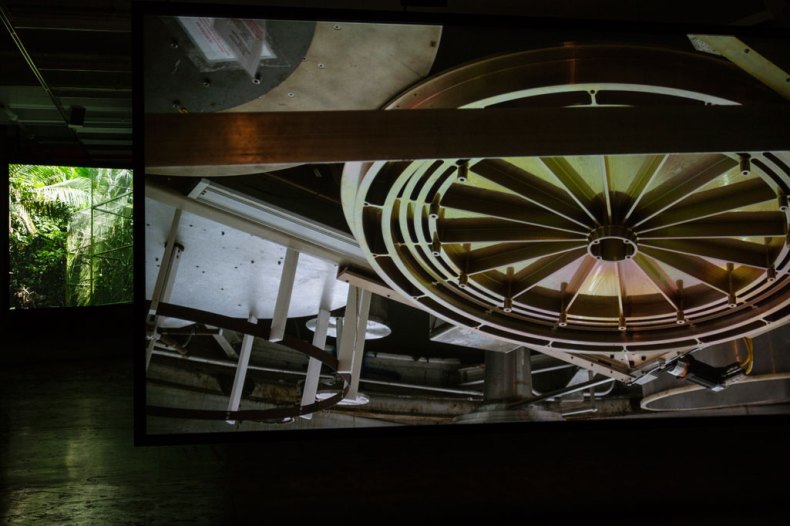
The Great Silence (video still; 2014), Jennifer Allora & Guillermo Calzadilla. Installation view, Fabric Workshop and Museum, Philadelphia. Courtesy of the artist and Kurimanzutto, Mexico City. Photo by Carlos Avendaño
The relation between man and nature is explored from a completely different perspective by Hind Mezaina in Dubai Gardens (2017). Rejecting the typical ‘flashy’ narratives about Dubai, she has scanned the city to highlight both its natural and domesticated green spaces, trying to understand what they stand for and how people do, or don’t, engage with them. She has created cyanotype prints of the plants she encountered during her research, examining how green spaces are used to create refuges, convivial spaces or borders to hide the uncomfortable realities of the city’s tightly controlled public image.
SB13’s programme is one of theoretical exchanges, mixing research and publications with visual displays. Ultimately, it only engages existing networks of peers and informed cultural practitioners, rather than being directed towards general public.
If advances in technology, travel and communication give the illusion of a clustered world, the works mentioned hint at the isolation that comes with it. This can be countered only by recovering fundamental human gestures, and guaranteeing encounters between human beings. In this light, one of a few works that dig (in this case literally) into the local context of the biennial, Beej (2017) by Vikram Divecha, has to be hailed. He invited Pakistani municipal gardeners based in Sharjah to collect seeds back home and sow them in a roundabout in the city. The project brought their entire community together around a common focus. It is exactly the generation of this kind of local human activity that biennials should set out to achieve.
‘Sharjah Biennial 13: Tamawuj’ is open at various locations in Sharjah until 12 June. For details about the wider programme of events and exhibitions, visit the Sharjah Biennial website.
Black Friday sale: 6 months for the price of 3
Subscribe using our Black Friday sale to get six months of the most incisive art writing available for the price of three.

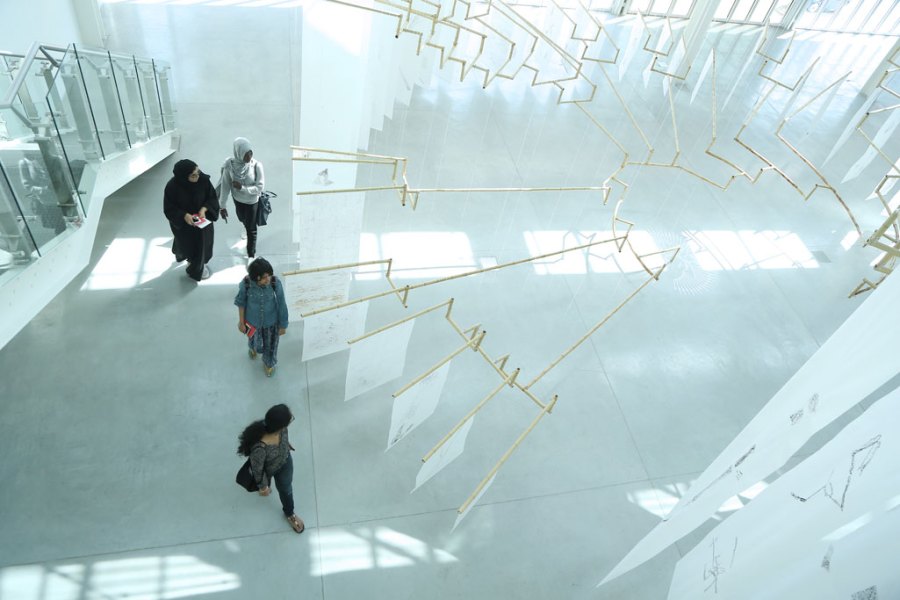
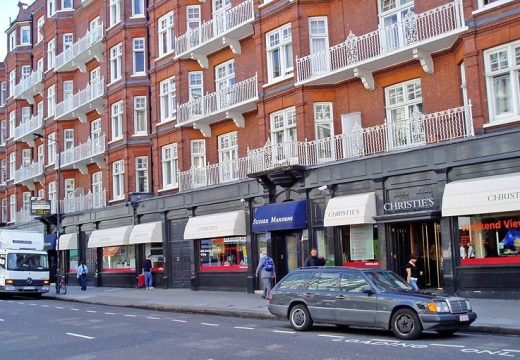
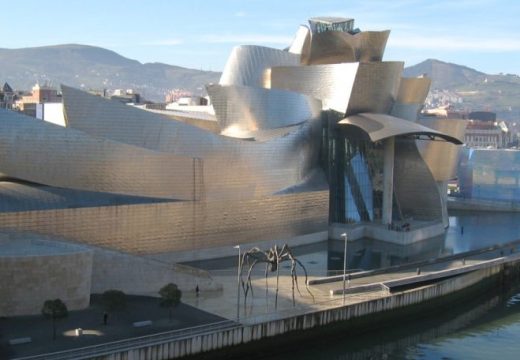
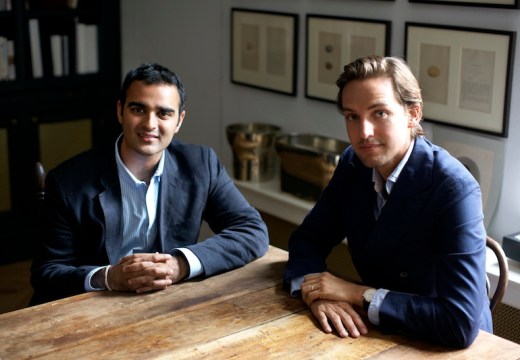








![Masterpiece [Re]discovery 2022. Photo: Ben Fisher Photography, courtesy of Masterpiece London](http://www.apollo-magazine.com/wp-content/uploads/2022/07/MPL2022_4263.jpg)
Martha Stewart’s recipe for success